Linking innovation theory with scientific and educational development
Professor, Dr. Dinh Van Chien, Vice President and General Secretary of the Vietnam Association for Research and Editing of Scientific and Technological Works, Director of the Institute of Mechanical, Automation and Environmental Science and Technology, said that the country's comprehensive renovation over the past 40 years has been a profound revolutionary process, creating strong changes in all fields. Summarizing the theory and practice of this period is of special importance, not only summarizing experience but also contributing to perfecting the theoretical basis for planning development policies in the new period.
The draft documents submitted to the 14th National Congress of the Party were elaborately constructed, comprehensively reflecting the process of innovation and the orientation of national development in the coming period. However, some contents need to be expressed more clearly, especially the part on the Party's theoretical awareness of the fields of culture, society and environmental protection. Professor Dinh Van Chien suggested that this content should be expanded to simultaneously reflect the fields of culture, people, society, science, technology, education - training and resource and environmental management. This way of expression will highlight the role of science - technology , education and training in national development, while emphasizing the requirements of resource management and sustainable environmental protection, important pillars of national development in the coming period. Identifying science and technology as the fundamental driving force of development must be associated with a synchronous system of policies and mechanisms, ensuring the initiative of scientists and research organizations along with appropriate financial resources. Only then will science and technology truly become a solid foundation for innovation in the growth model and industrialization and modernization of the country.
The content of education and training needs to be analyzed in more depth, especially in relation to scientific research and practical application. The connection between education and the development of high-quality human resources is a prerequisite for Vietnam to enter a new stage of development, where knowledge and creativity are the main driving forces.
Regarding resource management and environmental protection, according to Professor Dinh Van Chien, it is necessary to clearly demonstrate the strategic importance of natural resources for sustainable development. The assessment, exploitation and rational use of resources not only ensures resources for economic sectors but also relates to domestic and foreign policies, especially for rare and precious minerals. Concepts such as "exploitation of resources" or "inclusive growth" need to be specifically explained, associated with feasible solutions to limit losses, ensure ecological balance and maintain a sustainable living environment.
Professor Dinh Van Chien recommended that the document drafting committee should consistently demonstrate the relationship between economic development and environmental protection, between resource exploitation and sustainable development. In the context of increasingly complex climate change, science and technology development, education and training and sustainable resource management must be identified as the foundation for the country's development strategy in the new period.
Creating institutional and human resource breakthroughs for a new development stage
From an economic perspective, Associate Professor, Dr. Dang Van Thanh, former President of the Vietnam Association of Accountants and Auditors, said that the draft Political Report submitted to the 14th National Party Congress comprehensively reflected the results of economic and social development in the 2021-2025 period, with an average growth rate of 6.3%/year, an estimated GDP of 510 billion USD, and an average income per capita of about 5,000 USD. The macro economy is basically stable, major balances are ensured, and the economic structure has shifted in the right direction. These are important results demonstrating the Government's management effectiveness and the efforts of the whole society.
However, after nearly four decades of innovation, Vietnam is facing the limits of the growth model based on capital, resources and cheap labor. The growth model based on productivity, quality and efficiency has been mentioned but has not really become the main driving force. Labor productivity is still low, the average productivity growth rate over 5 years is only about 5.3%, not reaching the target. This shows that investment efficiency is still limited, when to have an additional part of growth, the economy has to spend a larger amount of capital than necessary; therefore, it is necessary to quickly shift to a knowledge-based economy, based on modern institutions and high-quality human resources, in which people are the soft infrastructure of development.
Associate Professor Dang Van Thanh said that the development goals until 2030 and vision 2045 stated in the draft clearly demonstrate the aspiration to turn Vietnam into a developed, high-income country. To emphasize more the element of fairness and happiness of the people, the last sentence of this goal should be rewritten briefly and concisely: "For a peaceful , independent Vietnam, rich people, strong country, democracy, fairness, civilization, and happiness". Therefore, it is necessary to continue to perfect the institution for rapid and sustainable development, considering the institution as the most important resource. In the modern world, the strength of a country no longer depends on resources or population size, but on the quality of institutions, the ability to create a system of fair, transparent, effective rules, stimulate creativity and liberate all resources for development.
In addition, identifying science and technology as the focus of new growth drivers. Appropriate investment in research, application and development of technology markets will help form products, industries and brands typical of Vietnam, contributing to improving competitiveness and national position.
Along with institutions, science and technology, developing high-quality human resources is considered a decisive factor. It is necessary to restructure human resources, improve professional qualifications and skills, attract and use talents, ensure that high-quality human resources are properly utilized, and become a driving force for innovation.
Associate Professor Dang Van Thanh said that restructuring the economy towards sustainability, including the structure of industries, regions and products, is an urgent requirement. Clearly defining the role of the State in managing public assets and assets of economic sectors, along with flexible and sustainable fiscal policies, will create a healthy financial foundation and promote long-term growth.
Three strategic breakthroughs in institutions, infrastructure and human resources continue to be the key to rapid and sustainable development. Perfecting institutions, promoting science, technology, education and innovating the growth model are the inevitable paths to realizing development aspirations, towards a prosperous and happy Vietnam in the new period.
Source: https://baotintuc.vn/xay-dung-dang/khoi-day-suc-manh-con-nguoi-trong-chien-luoc-phat-trien-moi-20251107141852866.htm


![[Photo] Da Nang: Hundreds of people join hands to clean up a vital tourist route after storm No. 13](https://vphoto.vietnam.vn/thumb/1200x675/vietnam/resource/IMAGE/2025/11/07/1762491638903_image-3-1353-jpg.webp)





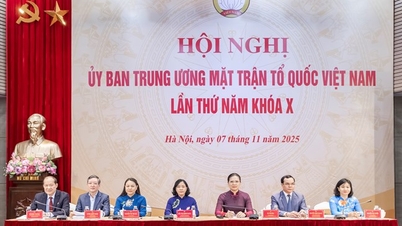
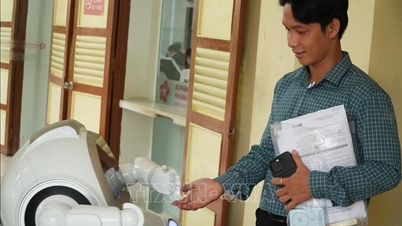








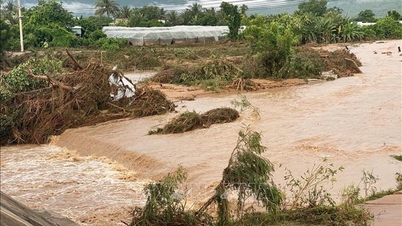

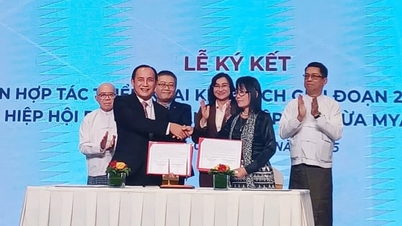










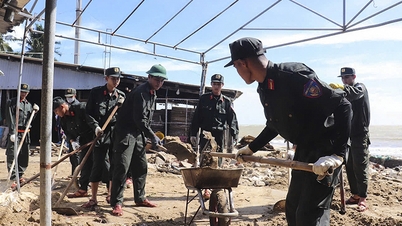
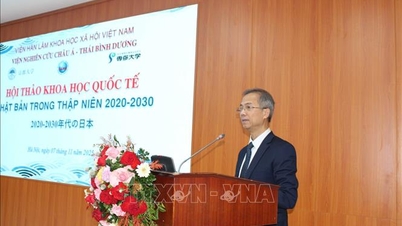



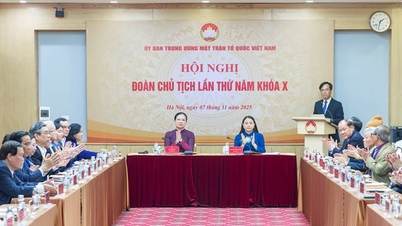

































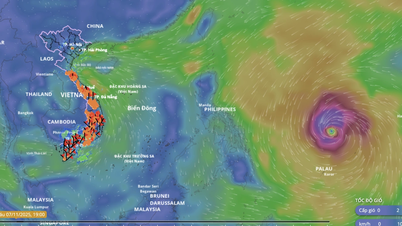








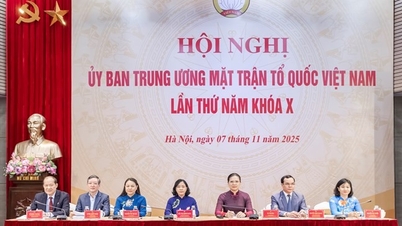
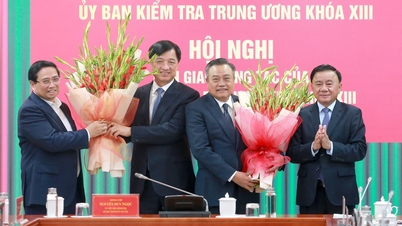


























Comment (0)